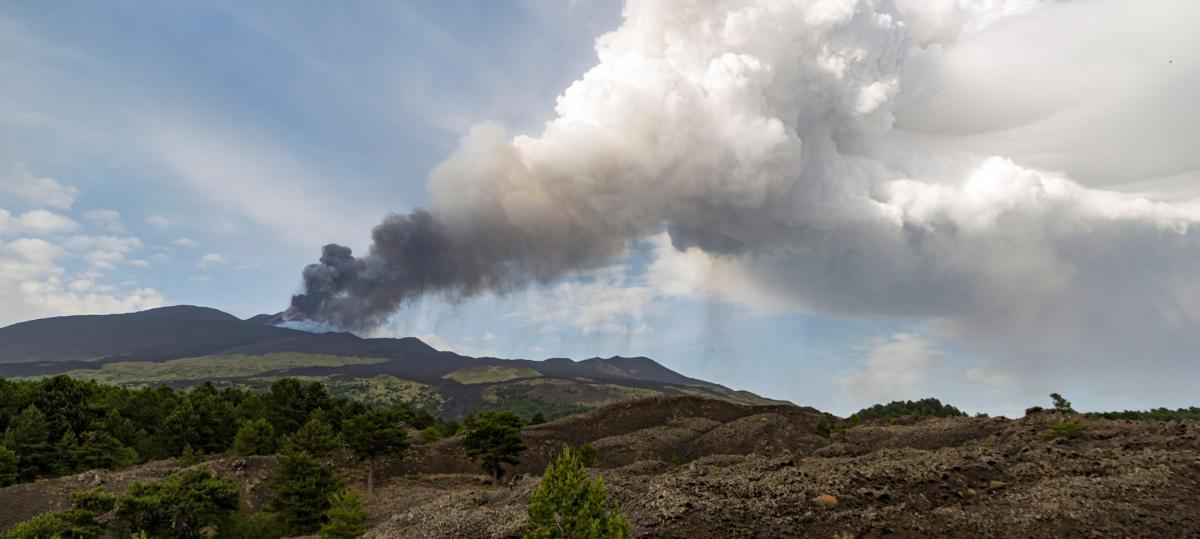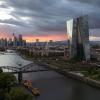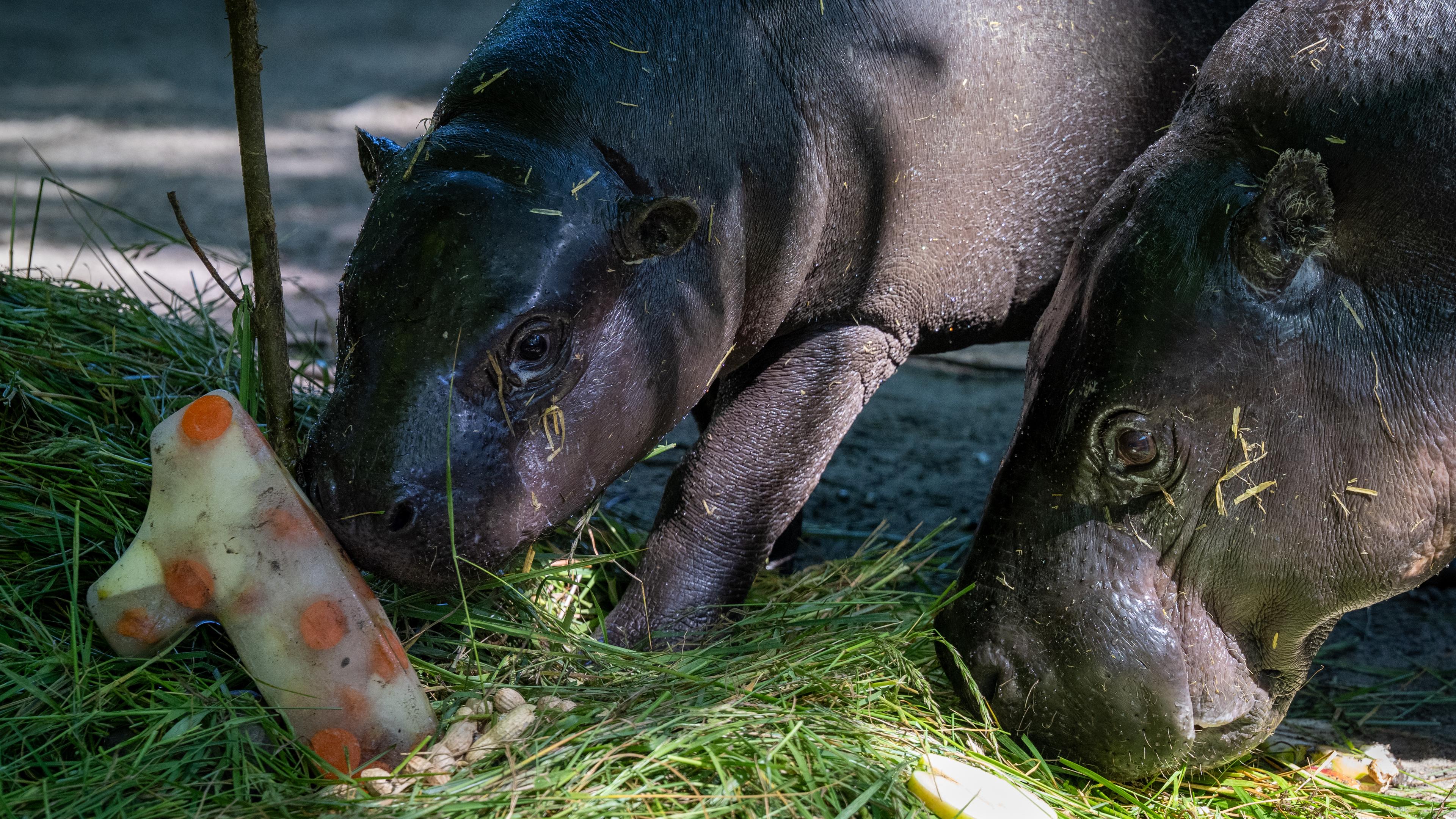Vulkan: Etna spits a lavaon

The Etna on the Italian Mediterranean island of Sicily has broken out again: Since the morning hours, the largest active volcano in Europe has been spitting glowing lava and ash. As the Italian Institute for Geophysics and Volcanology (InGV) communicate, a pyroclastic current has been observed – a kind of fiery dust nuber made of ash, gas and rock, which was triggered by a collapse on the north side of the Southeast crater.
According to initial knowledge, the hot material remained within the remote Valle del Leone (“Löwental”). The area is located far away. As a precaution, the flight warning level was raised to red. Catania International Airport remains in operation for the time being.
Strom -Bolian eruption
According to the INGV, the explosive activity has strengthened a lavaon – an eruptive phase in which liquid lava is thrown out of the crater. According to the institute, the so -called tremor, i.e. the measurable vibrations in the underground. The first ground deformations in the crater area were also registered.
The approximately 3,350 meter high Etna breaks out several times a year and is constantly monitored by experts. These so -called electricity -Bolian eruptions – i.e. regularly explosive outbursts – usually offers a spectacular sight and attract numerous onlookers. The INGV in the region has reported several eruptions since the beginning of May.






